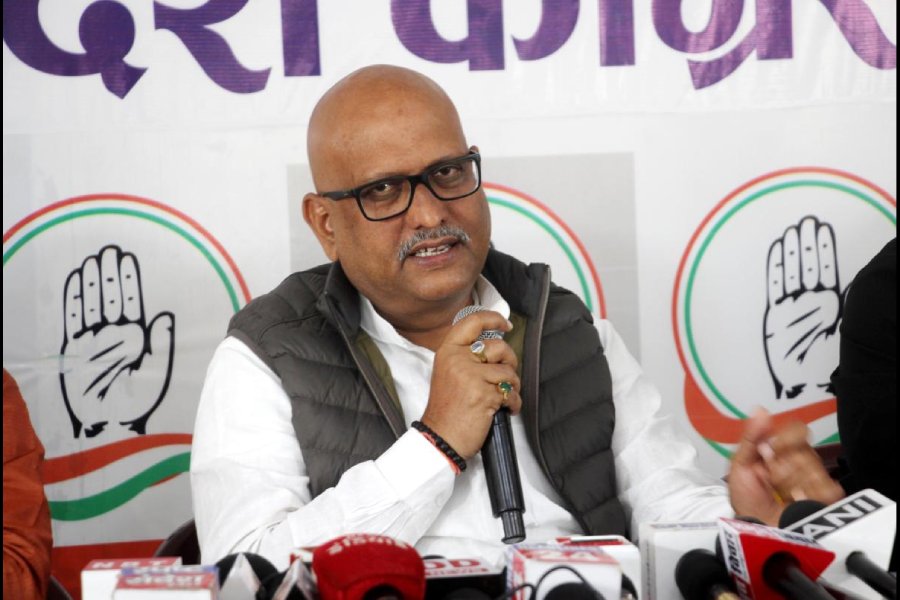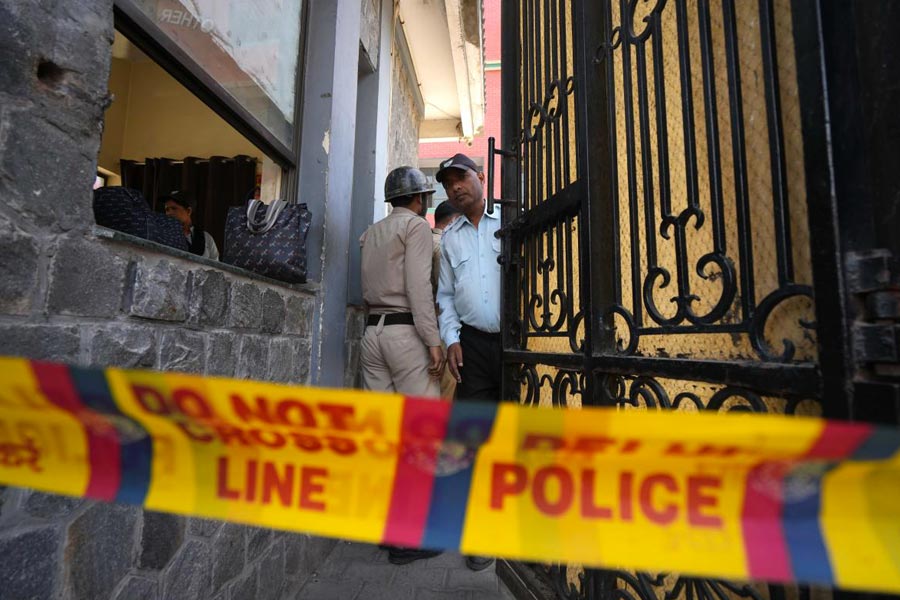Upon achieving a national prevalence rate of one case per 1,00,000 people in 2005, leprosy, it was officially declared, has been eradicated from India. But the social stigma around the disease continues to linger: ironically, this discrimination has been strengthened further by unchanging, prejudicial, dated legislations. A recent survey has highlighted the existence of more than 100 legal provisions that discriminate against those afflicted with leprosy. In Madhya Pradesh and Tamil Nadu, for example, the police can still detain beggars afflicted by the disease. In Kerala, a state with a high literacy rate, leprosy patients are restricted from entering public resorts without prior permission from a health officer, while in Andhra Pradesh, leprosy can lead to the disqualification of a citizen from standing for office in educational institutions, municipal corporations and religious institutions. In a welfare State, the law should evolve in a progressive spirit. Unfortunately, India’s legal framework governing the social treatment of leprosy patients remains stuck in the past. Most of the discriminatory legislations extant today draw from The Lepers Act of 1898, which had been denounced as regressive even by contemporary reports: the Act stipulated mandatory segregation of those afflicted with the condition. Such segregation seems to have been complemented in modern India in the form of the ghettoisation of patients in colonies, built either on railway land or on property donated by philanthropists, that often lack basic amenities such as clean water. This creates impediments to medical care; it is instructive that an eminently curable disease still struck 75,394 new patients in India in 2021-22, accounting for 53.6% of the global leprosy burden.
Medical science has made significant advancements in the past 100 years. The multi-drug regimen promoted by the World Health Organization since the 1980s ensures that an infected person is no longer contagious. It is now the turn of the Indian State to eradicate embedded bias from its legal code. The fact that laws framed even in the 21st century — the Orissa Municipal Corporation Act, 2003 prohibits a leprosy patient from contesting civic polls and the Bangalore Metro Railway (Carriage and Ticket) Rules, 2011 disallow people with leprosy from boarding metro trains — contain offensive provisions bears evidence of the robust survival of a colonial mindset in the legal framework. India’s leprosy laws must keep pace with concurrent medical developments to shed themselves of arcane sentiments.










